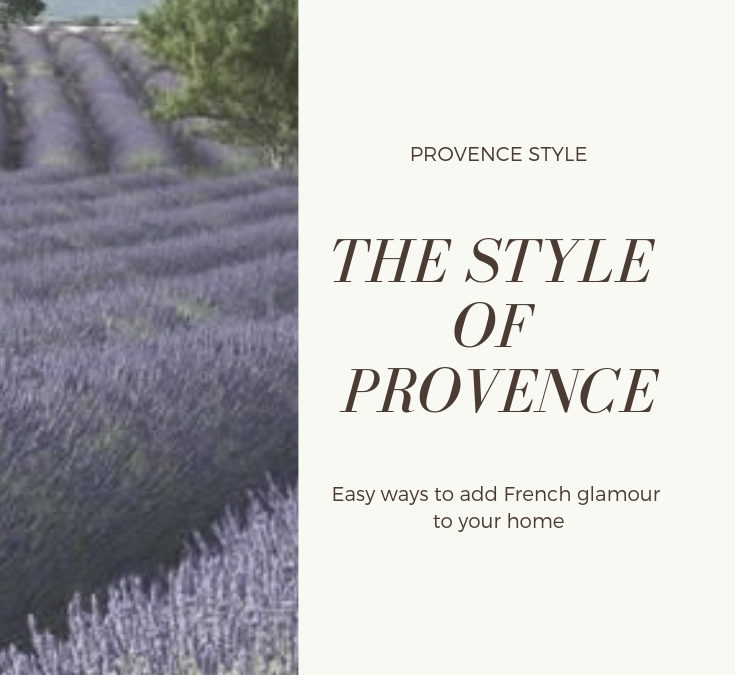Provence Style is a design style that can “take you there” whenever you walk into a room.
From the sun-drenched hills to the Cote d’Azure to the lavender fields, perfumes, or the heights of Mt. Ventoux the south of France is famous for its magnificent sceneries, food, fragrance, incredibly blue sea, and bright sun.
Climate plays an important part in the styles of Provence. With a strong affinity to Italy and the Romans through history, the south of France is both an agricultural area and a playground for the rich and famous.
Provence style is based on the unique components of, land, climate, and history. We call it the terroir of decorating.
From New York to California you can bring the sense of place home with your decor. You’ll instantly feel like you’re deep in the heart of the region.
What do you need to turn your place into a Provincial dream? Decorate with
Color
You can not think of the colors of Provence
The Provincial color palette is also composed of
Rooms are not typically decorated in a single or even dual color scheme. Instead, they are full of multiple colors like the countryside its self.
Exterior stucco is faded by the intense sun while interior plaster is more neutral and cooling.

Architecture
Natural building materials are important. Stucco is the primary building materials in Provence. The exterior is painted in strong colors that become weathered by the sun and wind, turning to a softer pale color.
Deeply cut window hold
You’ll find exposed wood-beamed ceilings natural stone, brick or wood planked floors often covered with wool or cotton rugs. Materials, whether wood or stone, usually have a weathered appearance. Nothing is perfect rather, finishes feature subtle distressing for a lived-in feel.
No home is complete without a stone fireplace. A massive beam at the top serves as a mantle and tiles or stone form the border.
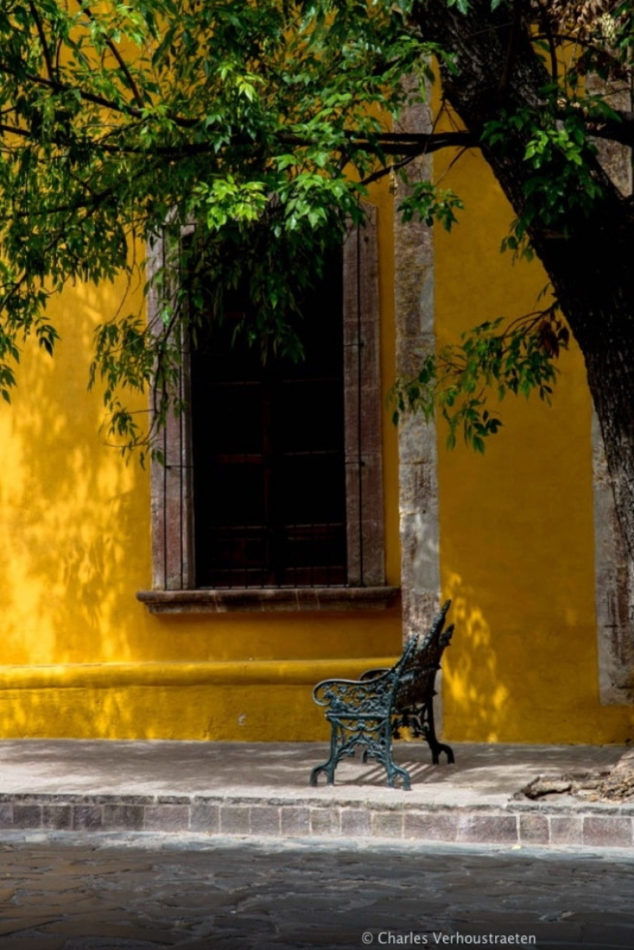
Aged Antique Furniture
Antiques and rusted metal have always had a place of honor in a Provincial home. Furniture both functional and decorative, with the patina of time, is handed down from generation to generation. The antique market at L’Isle-
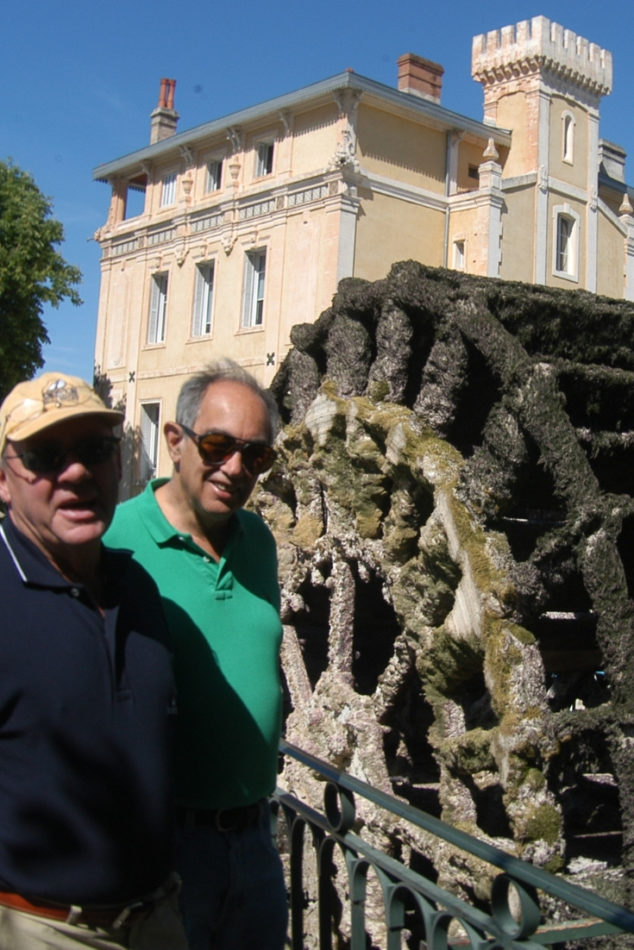
The heritage of the furniture varies from the flowing style of Louis VIII to a more sturdy and utilitarian table leg used on large dining tables. Most wooden pieces are made of chestnut or oak with a waxed low sheen finish. Curved and carved details often grace the legs, and the chairs are sturdy farm style, usually latter backs, with rush seating.
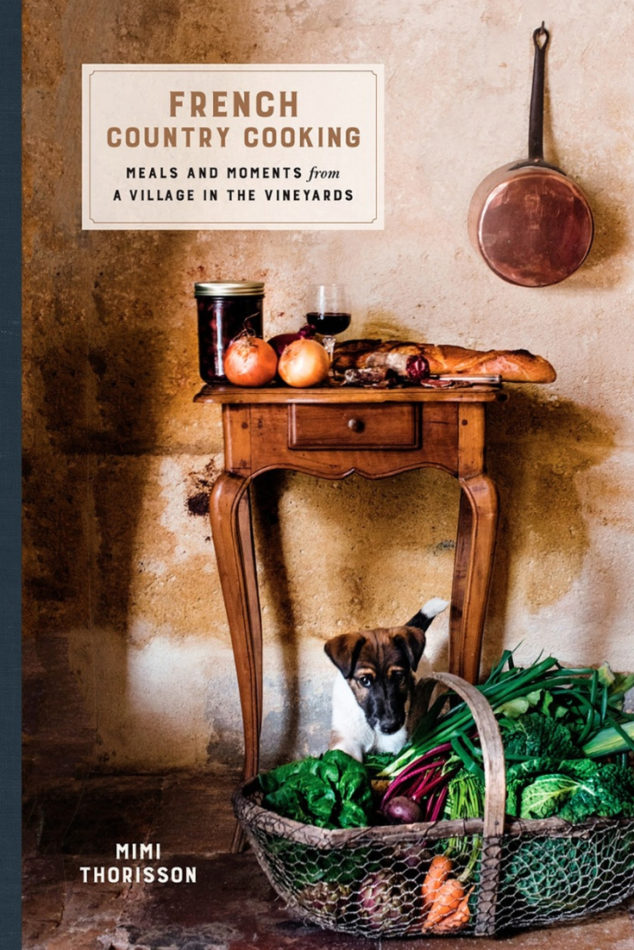
I think of it as a heady mixture of sturdy wooden tables mixed with iron elements, combined with lighter and sometimes more modern but iconic upholstered pieces
Ironwork plays a large part in both furniture and decor. Forging isn’t massive or pretentious, more refined, and practically weightless. Iron tables and chairs abound outside.
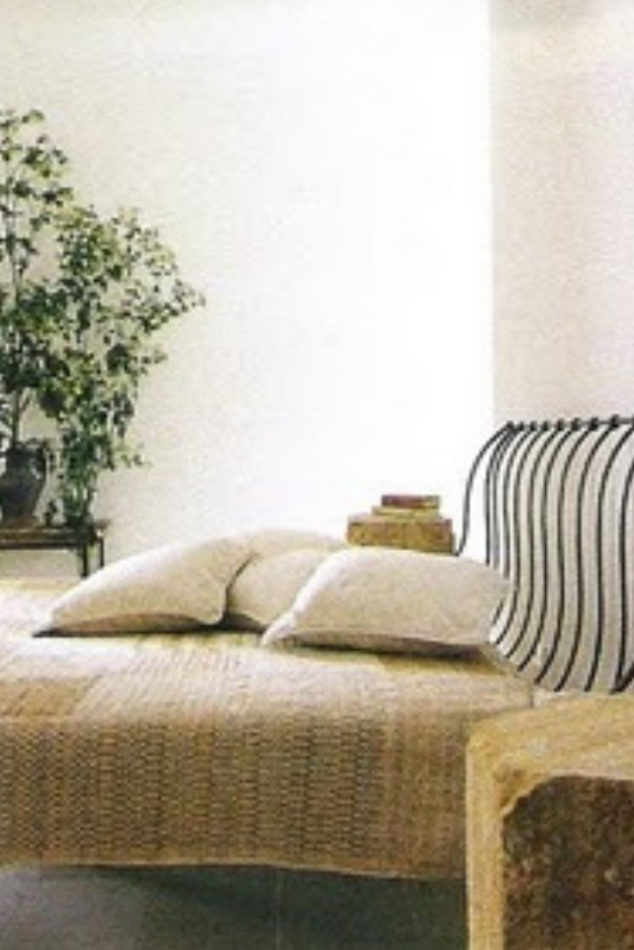
Textiles
Textiles are natural tending to be cotton or linen. Traditional provincial fabrics designs include lavender, roosters, olives, and sunflowers, though these are more typical for things like table linens and curtain panels. Often these motifs are embroidered. Today the traditional patterned fabric of proven is being updated to a more subtle look. Toile is a traditional fabric design with large motifs depicting hunting, romance, or other country scenes.

Interior decor
Interior decor especially ceramics and pottery have their roots in the farmer’s markets and regional
Fresh flowers abound all year long, and
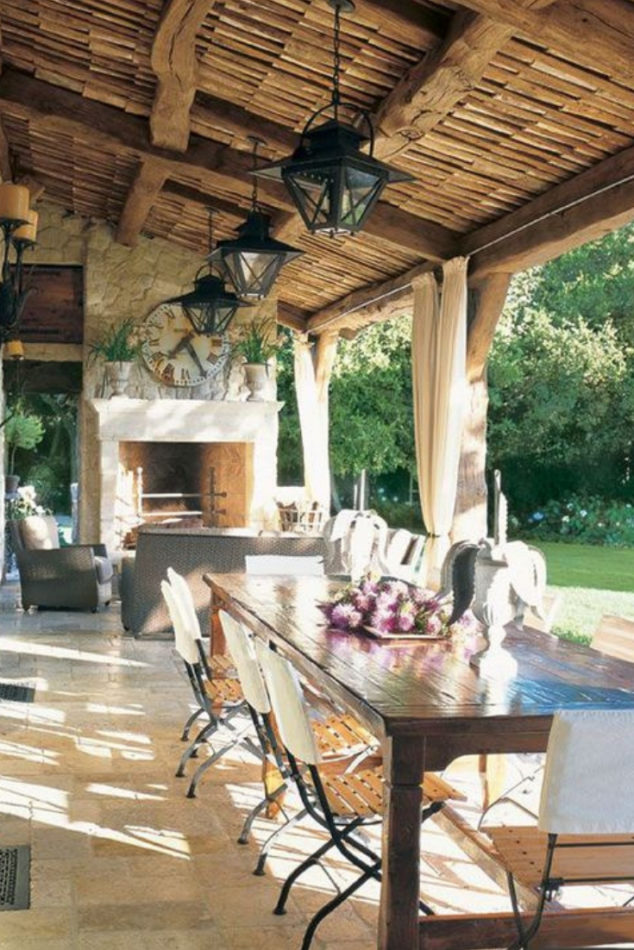
At the end of your Provincial decorating experience there is an opinion that Provence has been created by years and generations, its details and features accumulate over time. After all, the Provence style is not just an interior: Provence is a lifestyle.
You might also enjoy our other posts on Paris Style.

